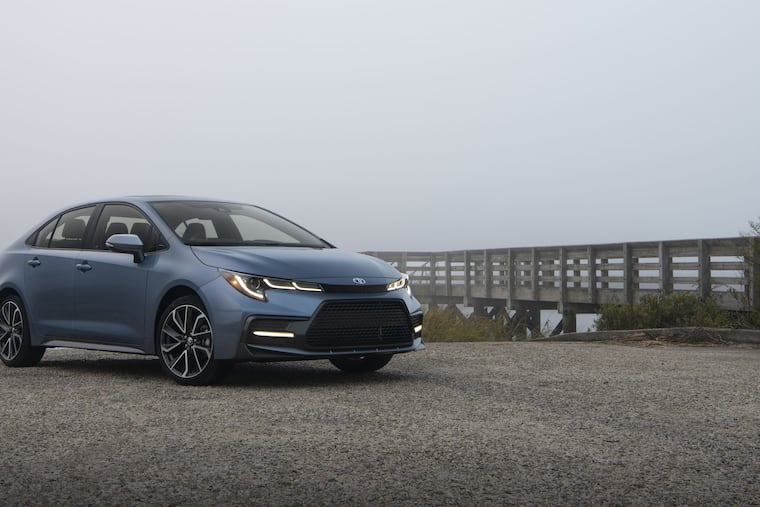Toyota Corolla XSE: When mundane small cars liven up, Part 1
Remember the Corolla? It's a boring, small sedan, right? Look again. For 2020, the little nameplate from Toyota gets bigger, better, and in XSE form, a whole lot more enjoyable.

Remember the Corolla? It's a boring, small sedan, right? Look again. For 2020, the little nameplate from Toyota gets bigger, better, and in XSE form, a whole lot more enjoyable.
